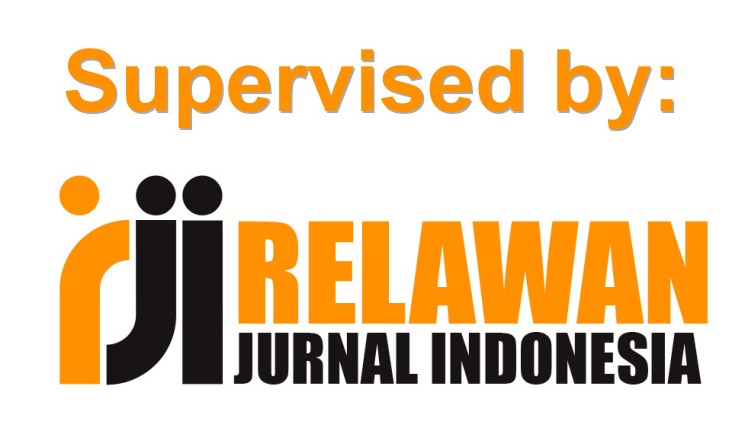Tranformasi Gaya Tari Piso Surit Di Kabupaten Langkat
DOI:
https://doi.org/10.24114/senitari.v6i2.7207Keywords:
Seni TradisiAbstract
This study aimed to describe the transformation of dance styles Piso Surit located in Langkat District of done. In this discussion the use of theories related research topics such as the theory of transformation and the theory of style. The method used qualitative methods, population research traditional leaders, cultural figures and artist. File collection techniques in clude field observation, interviews, documentation, and literature study. Based on this study, it can be seen that dance Piso Surit in Langkat undergo transformation style, a style of dance that looks more open and energetic, it isinfluenced by several factors,namely:revolution, social change takes place rapidly result in changes to the dance Piso Surit, in addition to other factor such as the revolution of the internal and exsternal factors. Interna : the lack of attention from the public Karo so that the culture gradually changed mainly in art dance Piso Surit. External:Malay society is a tribal dominated area Langkat causing people Karo absorb the malay culture, one of which happens to dance Piso Surit community Karo who was in Langkat.Keyword: Revolution, Karo tribe Society, Society MalaysDownloads
Published
Issue
Section
License
Copyright (c) 2017 Irwansyah Irwansyah

This work is licensed under a Creative Commons Attribution-ShareAlike 4.0 International License.
Authors published with the Gesture: Jurnal Seni Tari agree to the following terms:
- Authors retain copyright and grant the journal the right of first publication with the work simultaneously licensed under a Creative Commons Attribution License (CC BY-SA 4.0) that allows others to share the work with an acknowledgment of the work's authorship and initial publication in this journal.
- Authors are able to enter into separate, additional contractual arrangements for the non-exclusive distribution of the journal's published version of the work (e.g., post it to an institutional repository or publish it in a book), with an acknowledgment of its initial publication in this journal.
- Authors are permitted and encouraged to post their work online (e.g., in institutional repositories or on their website) prior to and during the submission process, as it can lead to productive exchanges, as well as earlier and greater citation of published work. (See The Effect of Open Access)







